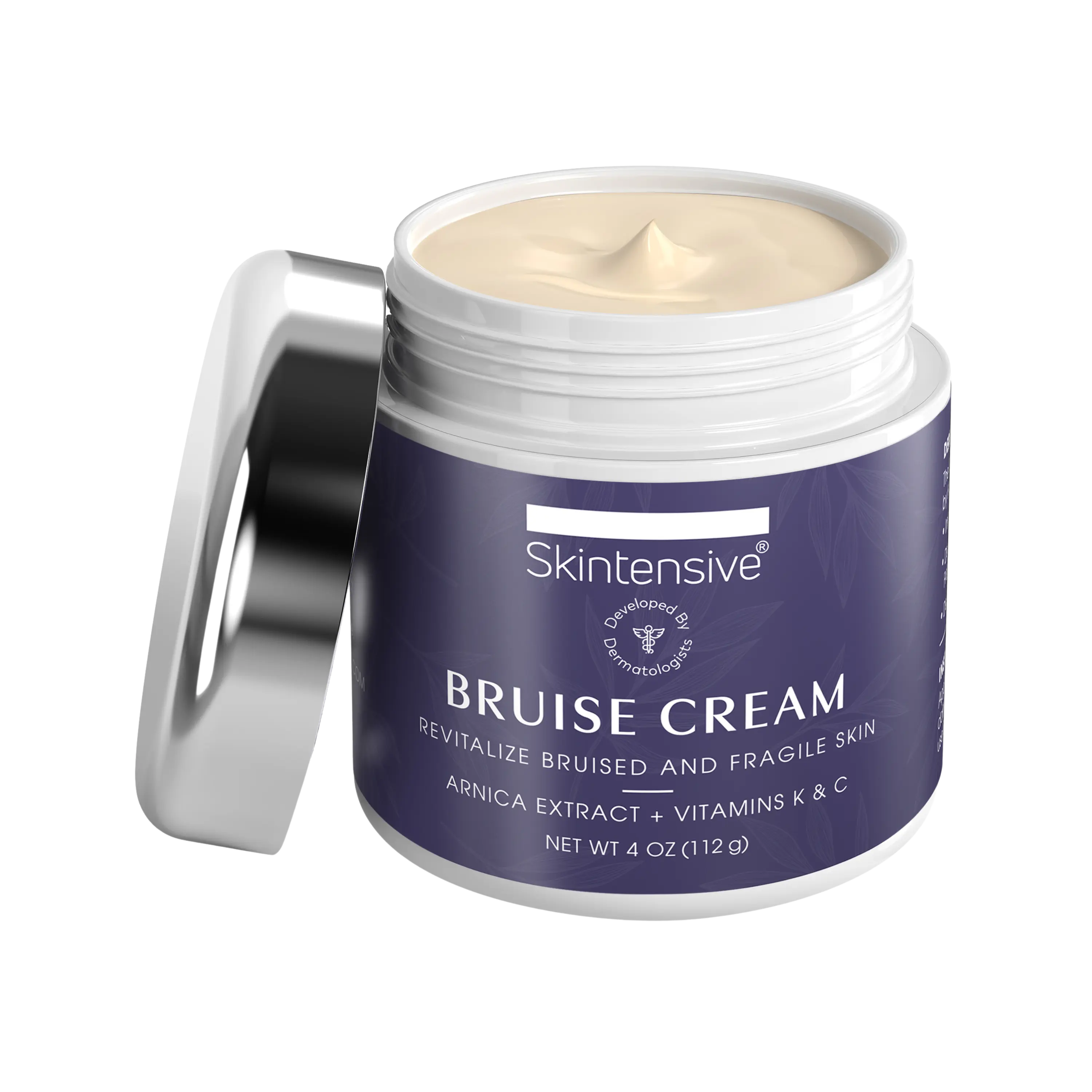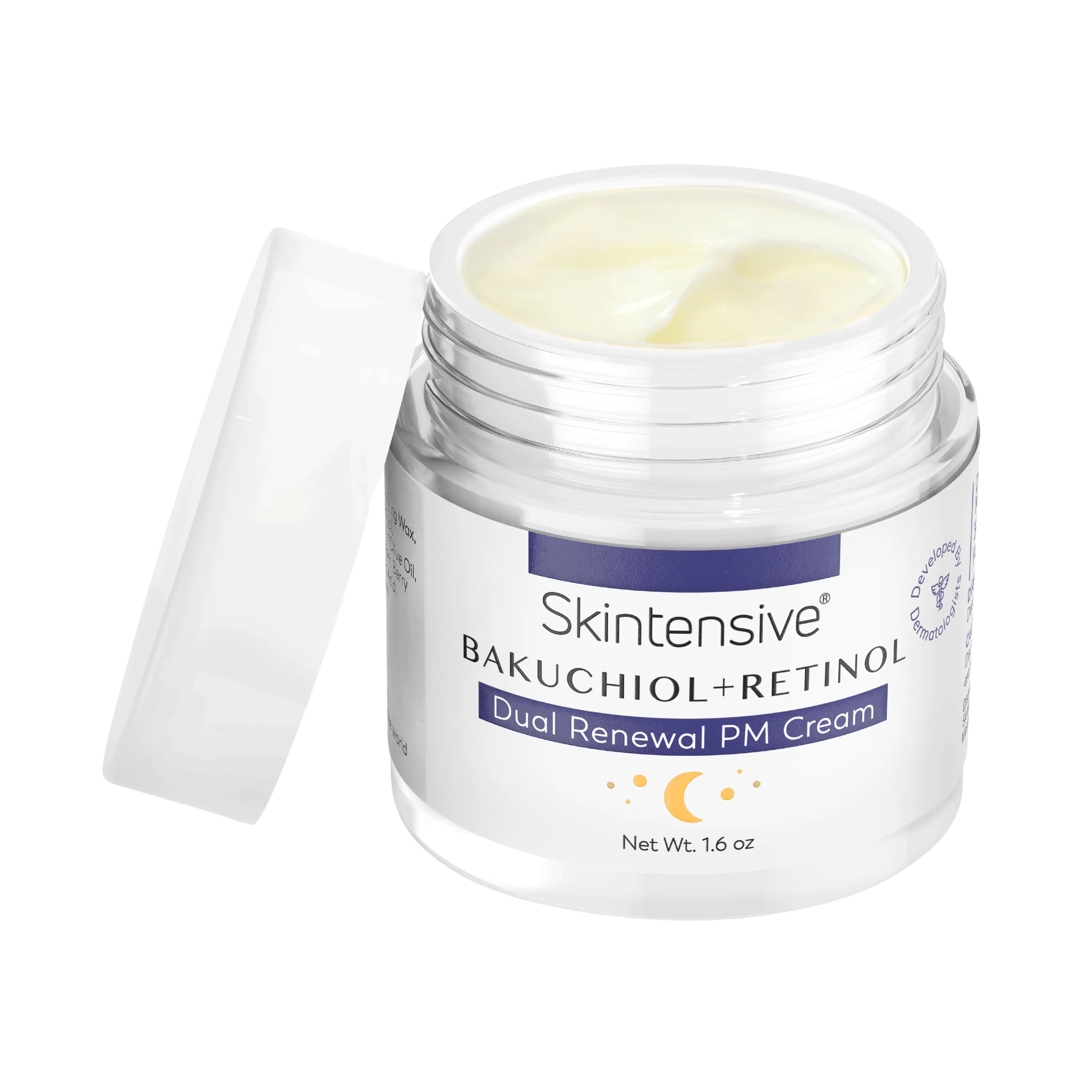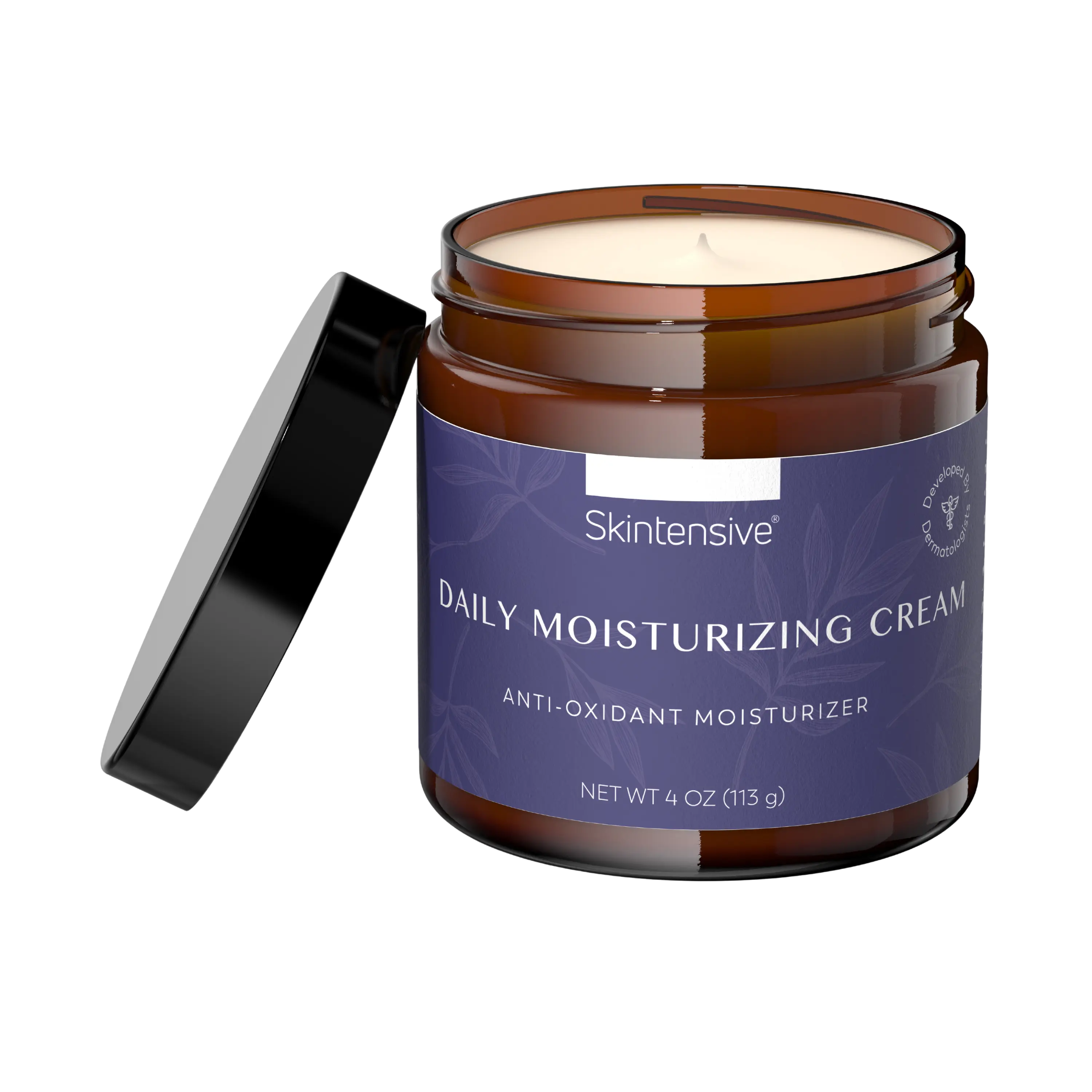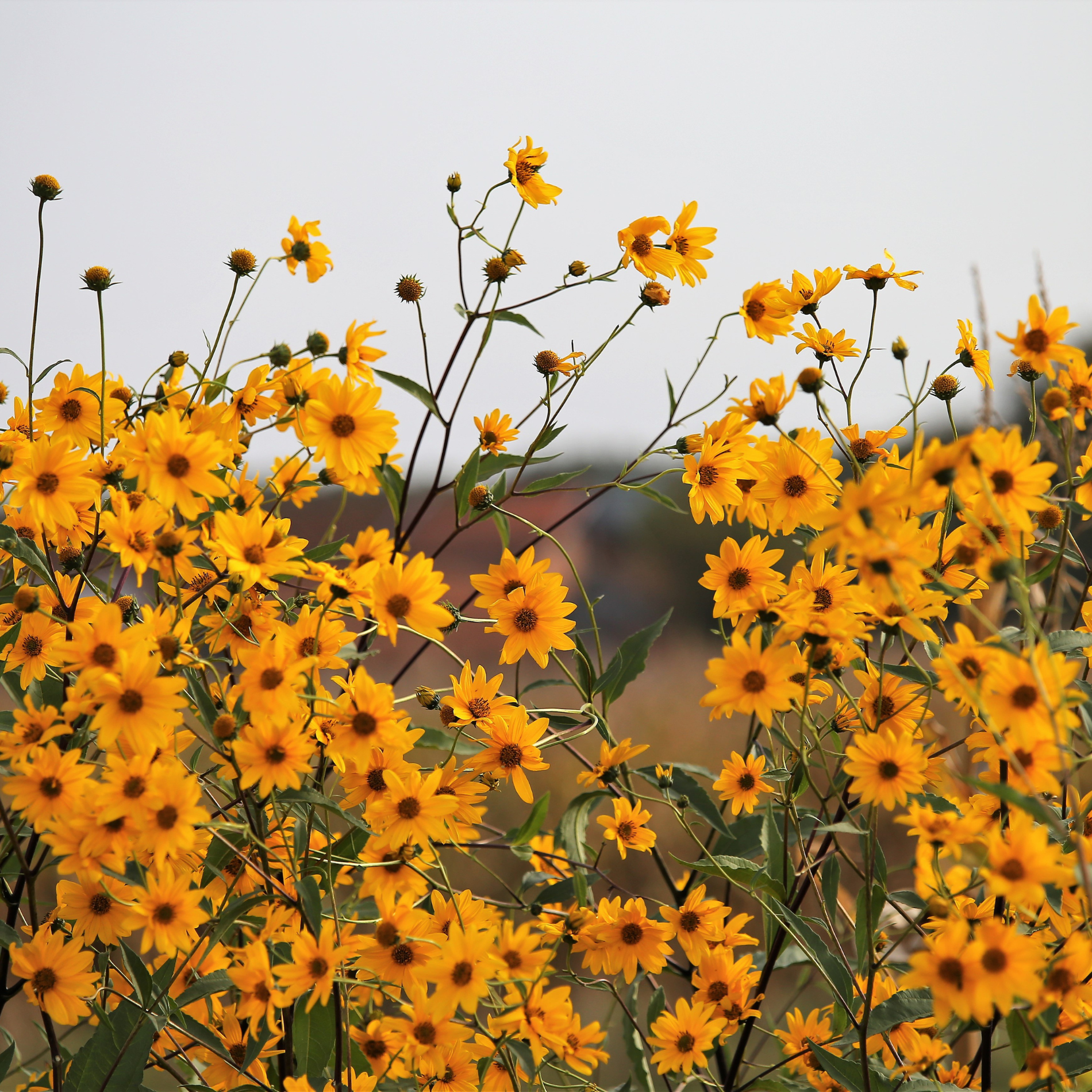What causes senile purpura, actinic purpura and solar purpura?
The terms senile purpura, solar purpura, and actinic purpura are interchangeable and are names for a relatively common condition of skin changes that occurs in up to 1/3 of people older than 65 (and can occur in younger individuals as well). The condition has multiple causes but is most often associated with skin thinning and blood vessel fragility resulting in easy bruising on the forearms and legs. People that suffer from solar purpura often complain that they are constantly dealing with one or multiple bruises that are in various stages of healing. Additionally, sometimes there is no injury that leads to the bruise and it develops spontaneously.
The causes of solar purpura include skin thinning that happens naturally with age and that is augmented by exposure to UV radiation from the sun. As we age, we also lose collagen and elastic fibers in the skin, making the small blood vessels in the skin more vulnerable to leaking that can occur with very minor skin contact. Also, a large percentage of older individuals may be on blood thinners such as aspirin which can contribute to platelet dysfunction, leading to easy bleeding and bruising. Dermatoporosis is a term that describes multiple skin changes that occur with aging and chronic sun damage including senile purpura, skin thinning and skin fragility.
So what happens underneath the skin surface in individuals with solar purpura? The purple blotches on the skin are the result of blood that easily leaks from fragile small blood vessels underneath the skin. The hemoglobin in the red blood cells is metabolized and broken down into a particle called hemosiderin, which is a yellow-brown iron containing pigment. The delay in further breakdown of red blood cells by cells called macrophages in the skin leads to the formation of purple chronic bruising and skin staining that’s associated with solar purpura.
So now let’s discuss what can we do about solar purpura. We may be biased, but we recommend, and our customers love Skintensive Bruise & Scar cream to create the best environment for your skin to develop less solar purpura and clear any bruises that develop quicker.
We are not the only ones who love Skintensive, as NEWBEAUTY Magazine awarded Skintensive Bruise & Scar Cream with its award for Best Bruise Cream.
Skintensive Bruise & Scar cream is filled with a high concentration organic arnica extract, in addition to Vitamins K, C & E. Arnica is believed to help with bruises by stimulating the flow of blood to the bruised area. It also has anti-inflammatory properties, which may help to reduce swelling and inflammation. Read more about what Arnica does for bruising in our past blog post here: https://www.skintensive.com/blogs/news/what-does-arnica-do-for-bruising.
Other recommendations for solar purpura include the use of sun protection in the form of sunscreen and sun protective clothing. Development of chronic lower leg purpura can also occur in the context of leg swelling. In that case, we recommend also considering compression stockings to help aid the return of venous blood back to the heart from the lower legs.
Disclaimer:
The content in this article is not medical advice, but rather informational content. As a service to our readers, Skintensive provides access to our library of archived blog content. Please note the date of last review or update on all articles. No content on this site, regardless of date, should ever be used as a substitute for direct medical advice from your doctor or other medical professional.






